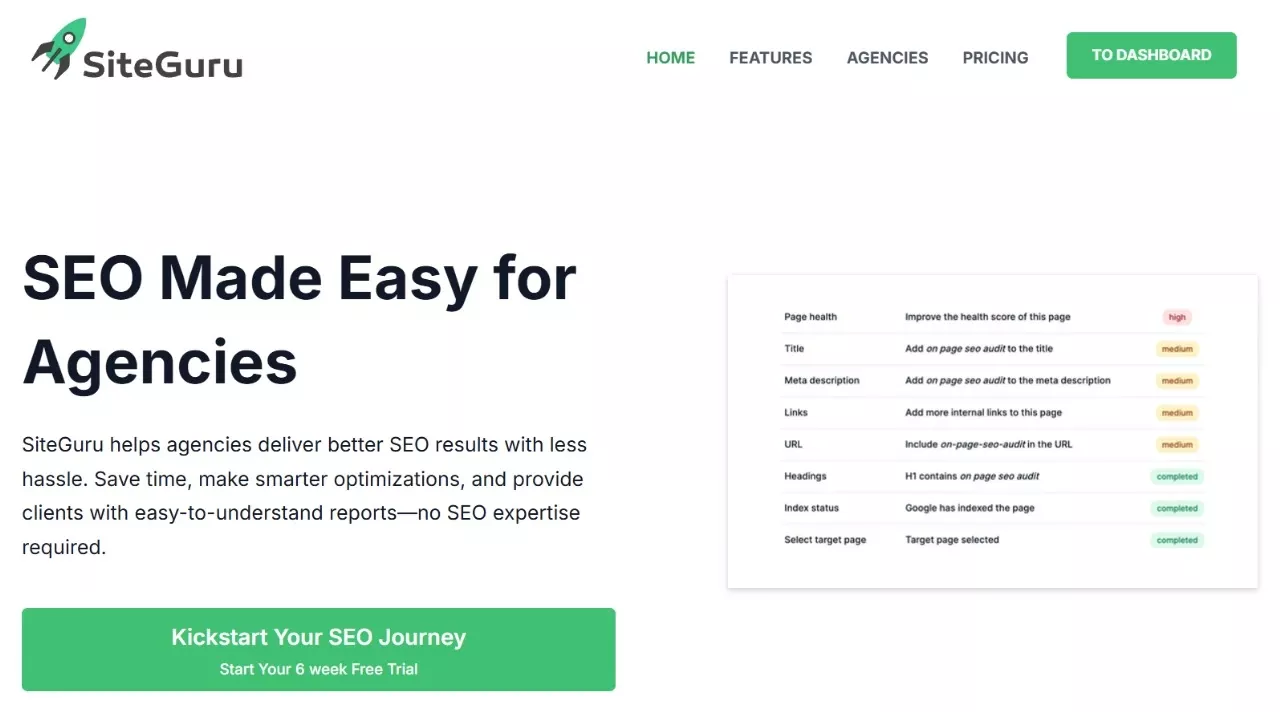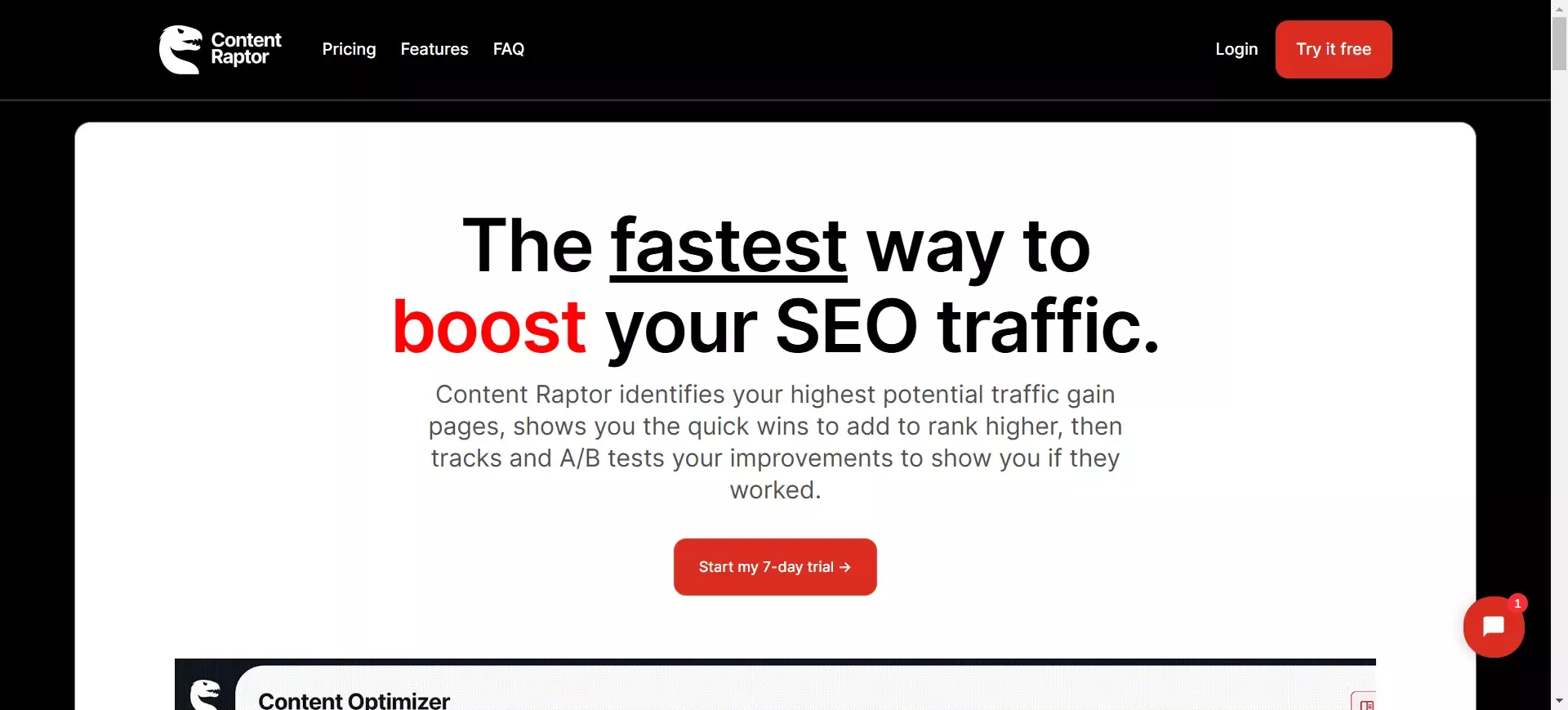10 Best Seo Practices for Ecommerce Websites
-
 By Madhurjya Chowdhury
By Madhurjya Chowdhury
-
25 May 23
SEO (Search Engine Optimization) is a critical factor for driving organic traffic and boosting the visibility of e-commerce websites in search engine results. To attract potential customers and increase online sales, optimizing your e-commerce site is essential. Here, we present more than 10 best SEO practices specifically tailored for e-commerce websites. These strategies encompass keyword research, on-page optimization, technical optimization, content creation, and link building. By implementing these proven techniques, you can align your site with search engine algorithms, enhance user experience, and achieve higher organic traffic. Stay ahead of the competition and take your e-commerce website to new heights with these invaluable SEO practices.
Summary
-
Best Seo Practices for Ecommerce Websites
- 1. Keyword Research
- 2. Unique and Descriptive Product Descriptions
- 3. Optimized Product Titles
- 4. High-Quality Product Images
- 5. User Reviews and Ratings
- 6. Mobile-Friendly Design
- 7. Page Load Speed
- 8. Clear Navigation and Site Structure
- 9. Unique Meta Tags and URL Structure
- 10. Rich Snippets
- 11. Internal Linking
Best Seo Practices for Ecommerce Websites
When it comes to SEO practices for e-commerce websites, there are several key strategies you should consider to optimize your site and improve its visibility in search engine results. Here are some of the best SEO practices for e-commerce websites:
1. Keyword Research
![16[1].webp Keyword Search](https://publishergrowth.com/storage/uploads/2023/07/18/1689674312-64b662483a2d7.jpeg)
Conduct thorough keyword research by analyzing search volumes and trends to identify the most relevant keywords for your e-commerce website. Optimize your product pages by incorporating these keywords naturally into your content, titles, headings, and metadata.
- Start with a comprehensive product list.
- Analyze competitor websites and extract keywords.
- Utilize keyword research tools (e.g., Google Keyword Planner, SEMrush) for data-driven insights.
- Consider long-tail keywords for specific product categories.
- Focus on search volume, competition, and relevancy when selecting keywords.
- Incorporate keywords naturally in product descriptions, URLs, titles, and meta tags.
- Regularly monitor keyword performance and adapt strategies accordingly.
2. Unique and Descriptive Product Descriptions
![17[1].webp Product Descriptions](https://publishergrowth.com/storage/uploads/2023/07/18/1689674330-64b6625a9a44d.jpeg)
Craft unique and compelling product descriptions that provide detailed information about your products. Highlight their features, benefits, and specifications, ensuring that each description is original and avoids duplicating content found elsewhere on the web.
- Research the product thoroughly to understand its features, benefits, and target audience.
- Highlight unique selling points and differentiate from competitors.
- Use persuasive language and engaging storytelling to captivate customers.
- Incorporate relevant keywords naturally for SEO purposes.
- Keep the descriptions concise, yet informative.
- Use bullet points or subheadings to enhance readability.
- Ensure accuracy, grammar, and spelling to maintain professionalism.
3. Optimized Product Titles
Create product titles that are both keyword-rich and descriptive. Include relevant keywords that accurately represent the product and its attributes. This helps improve the visibility of your products in search engine results pages and attracts potential customers.
- Include relevant keywords at the beginning of the title.
- Keep the titles concise and informative, ideally under 70 characters.
- Incorporate unique selling points and key product attributes.
- Avoid keyword stuffing and prioritize readability.
- Use proper capitalization and punctuation.
- Conduct competitor research to understand industry norms and trends.
- Regularly analyze and optimize titles based on performance data.
4. High-Quality Product Images
![10[1] (1).webp Product Images](https://publishergrowth.com/storage/uploads/2023/07/18/1689674354-64b662723e92d.jpeg)
Utilize high-resolution images that showcase your products in the best possible light. Optimize these images by assigning them descriptive file names and adding alt text that accurately describes the visual content. This practice improves the visual appeal of your website and enhances its search engine optimization.
- Invest in professional product photography or use high-resolution images.
- Ensure images are well-lit and showcase the product from different angles.
- Optimize file sizes for web loading speed without compromising quality.
- Use consistent image dimensions for a clean and professional appearance.
- Enable zoom functionality for users to examine product details.
- Compress images using appropriate tools to maintain image quality.
- Consider using alt text and image optimization techniques for improved SEO.
5. User Reviews and Ratings
![18[1].webp Reviews](https://publishergrowth.com/storage/uploads/2023/07/18/1689674371-64b662835d5f7.jpeg)
Encourage your customers to leave reviews and ratings for the products they have purchased. These testimonials contribute to building trust, credibility, and social proof. They also help increase the visibility of your products in search results, making them more likely to be clicked on by potential customers.
- Implement a review system that allows customers to rate and write reviews.
- Display an average rating prominently on product pages.
- Enable sorting and filtering options for reviews.
- Encourage customers to leave feedback through post-purchase emails or incentives.
- Monitor and moderate reviews to ensure authenticity and address any issues.
- Use schema markup to enhance search engine visibility for review snippets.
- Respond to both positive and negative reviews promptly and professionally.
6. Mobile-Friendly Design
![8[2].webp Mobile Friendly Design](https://publishergrowth.com/storage/uploads/2023/07/18/1689674387-64b6629342796.jpeg)
With the increasing use of mobile devices, ensure that your e-commerce website is fully responsive and optimized for mobile users. This means employing a design that adapts seamlessly to different screen sizes and provides a user-friendly experience across all devices.
7. Page Load Speed
Optimize your website's loading speed to deliver a fast and seamless user experience. Slow-loading pages can lead to higher bounce rates and lower search engine rankings. Employ techniques such as image compression, caching, and minification to improve your website's speed.
8. Clear Navigation and Site Structure
Create a logical and intuitive site structure that allows users to easily navigate through your website. Implement clear navigation menus and categories, ensuring that your products are well-organized and easily accessible. A well-structured website helps search engines crawl and understand your content more efficiently.
9. Unique Meta Tags and URL Structure
Write unique meta tags, including title tags and meta descriptions, for each product page. Incorporate relevant keywords naturally while providing enticing information that encourages users to click through from search results. Additionally, use clean and descriptive URLs for your product pages, including relevant keywords, to make them more user-friendly and search engine-friendly.
10. Rich Snippets
Implement structured data markup, such as Schema.org, to enhance the appearance of your product listings in search results. By including rich snippets, such as product ratings, prices, and availability, you can make your listings more visually appealing and informative, attracting potential customers' attention.
11. Internal Linking
Strategically use internal linking within your website to guide both search engines and users to relevant product pages, related categories, and additional information. This practice helps establish connections between different pages, improves website navigation, and enhances overall SEO by distributing link authority throughout your site.
Consistently assess the performance of your website, monitor keyword rankings, observe user behavior, and make essential tweaks to continuously enhance the optimization of your e-commerce site for improved SEO outcomes. By implementing these SEO practices for your e-commerce website, you can boost visibility, attract relevant traffic, and enhance conversions and sales. Remember that SEO requires ongoing efforts, so it's crucial to frequently monitor and adjust your strategies to stay ahead of competitors and meet the evolving needs of your customers.
In conclusion, implementing the best SEO practices for e-commerce websites is essential for driving organic traffic and boosting visibility in search engine results. By conducting thorough keyword research, optimizing product descriptions and titles, using high-quality images, encouraging user reviews, and creating a mobile-friendly design, you can align your site with search engine algorithms and enhance user experience. Additionally, optimizing page load speed, ensuring clear navigation and site structure, using unique meta tags and URLs, implementing rich snippets, and strategically employing internal linking contribute to improved SEO performance. Consistent monitoring and adjustment are crucial to stay ahead of the competition and meet customers' evolving needs.
| Recommended Software | Category | Why Choose? | Signup URL |
|---|---|---|---|
| Setupad | Website Monetization | High CPMs, On time payments | Signup here |
| Adsterra | Website Monetization | AdSense alternative, niche CPMs | Signup here |
| Beehiiv | Email Monetization | Additional revenue, High CPMs | Signup here |
| Semrush | SEO | High impact on SEO and traffic | Signup here |
| Frase.io | AI SEO | Affordable, Boosts SEO traffic | Signup here |
| WP Rocket | Speed Optimization | Affordable, Boosts Pagespeed | Signup here |

Madhurjya is a technical writer. He specializes in WordPress, SEO copywriting, proofreading, content strategy, social media content.
View All PostsOur Editors’ Pick:
Browse these amazing publisher monetization tools handpicked by our team of editors























 (1).webp)


